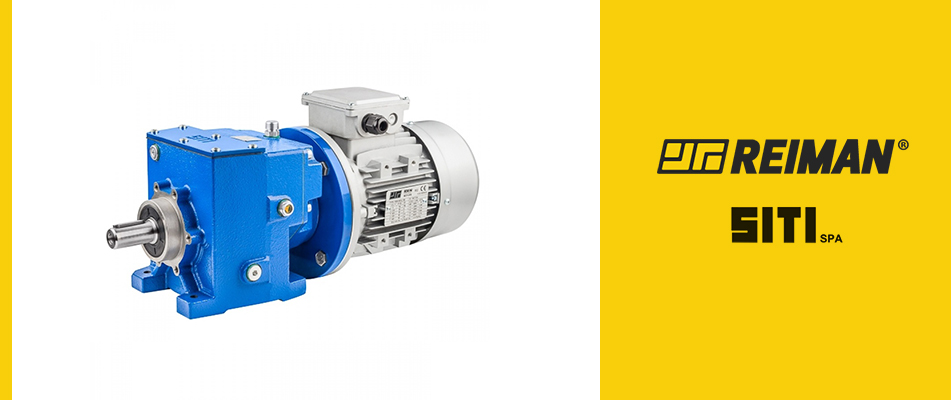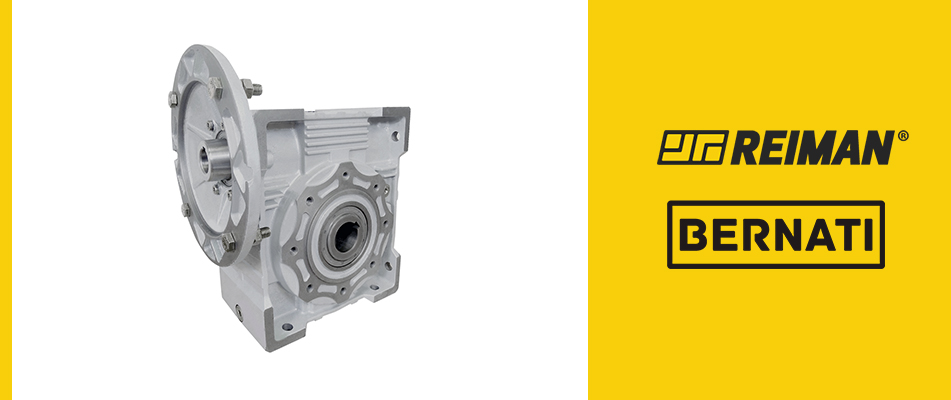We use cookies to make your experience better. To comply with the new e-Privacy directive, we need to ask for your consent to set the cookies. Learn more.
What is a gearmotor? What distinguishes it from a gearbox?

A gearmotor is composed of an electric motor and a gearbox coupled in a single system. The integration of these two equipments serves to adapt the speed to the rotation that is necessary for the mechanical device that is being driven. In other words, a gearmotor provides rotating movement with high torque, reducing the speed of the drive in order to reduce the power absorbed and save energy.
Implementing a gearmotor in any industrial process is an added value to productivity and increased efficiency. This component is available and present in machines of various industrial segments and can be used in the most varied equipments.
Basic components of a gearbox
- Input and output shafts
- Bearings
- Gears
- Frame
What is the difference between a gearmotor and a gearbox?
The main point of distinction between a gearbox and a gearmotor is simple: the gearmotor consists of a motor and a gearbox rigidly connected, allowing a greater drive efficiency than if we consider the two elements separated and connected by another motion transmission system, as well as saving, sometimes quite considerable, of costs, either of the component itself or of assembly in the final equipment.
Both of these solutions are found in the drive of machines and industrial equipment, depending on the technical solutions considered most suitable for each specific case of drive.
Before choosing any of the indicated systems, it is important that you carefully analyze your needs in order to make the best and most adapted choice for your drive.
Contact Reiman's specialized team and find out the options available to you.


